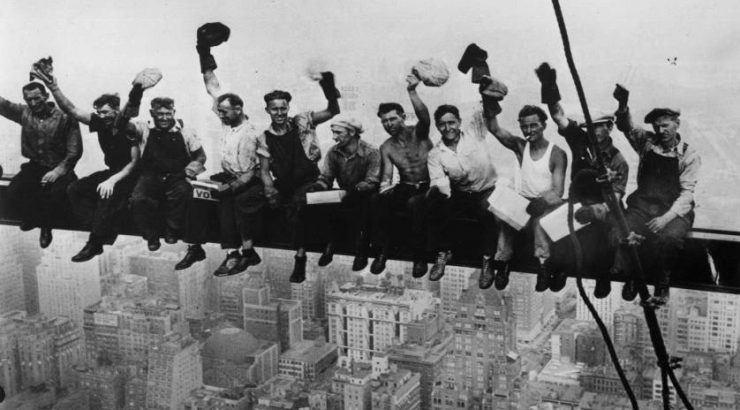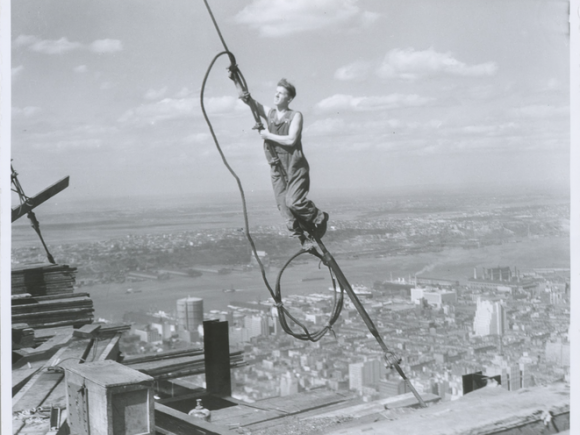
Lewis Hine and the Men Who Built the Empire State Building
November 30, 2021
Dr. Glenn Kurtz, presidential fellow at Chapman University recently presented the Chapman community with a glimpse into his forthcoming book “Lewis Hine and the Men Who Built the Empire State Building.”
In his lecture, Kurtz told the stories of the previously nameless men who appear in Lewis H. Hine’s famous photographs, taken to document the construction of the famous skyscraper.
Commenting on the iconic photograph, The Sky Boy, Dr. Kurtz asked: “Do we know his name or like the thousands of other workers who built the empire state building…we honor this man now as an individual only by asking why has he remained anonymous.”
In his lecture, sponsored by Wilkinson College’s Department of History, Dr. Kurtz drew attention to a modest 32×26 inch plaque in the building’s extravagant lobby that contains thirty-two names of men who received craftsmanship awards for their work on the Empire State Building. Kurtz noted: “I want to tell the other story, the forgotten story of the plaque with the workers’ names. The story of the men who built the empire state building.” In his research, he made a remarkable discovery – the men listed on the plaque and the men Hine photographed were one and the same.
Dr. Kurtz emphasizes that at that time in history, men were not seen as individuals but as a group of workers, leaving them individually unrecognizable and unidentified despite receiving craftsmanship awards. Hine was “celebrated as a champion of the individual,” but his published images centered on their professions,obscuring the individual identities of those within the photos. Kurtz brings together the fragmented information about the men who built the Empire State Building to shift the balance within these photos and to recognize the individuals pictured. He hopes “to hold the tension between the specific and the general as clearly as possible, before our eyes, in order to show what little we know about these individual men and to demonstrate [the] cultural pressure to erase even that.”
Sierra Acosta ( ‘25, Sociology Major) who attended the lecture, noted “It was almost as if being part of a group was more important than individual recognition… These brave men are only known for their occupations, seen very fleetingly; but their true identity has been robbed and no commemoration is left to look back on.”
“I do not think wealth alone should be a qualifier [for who gets to be remembered], wealth alone does little to quantify what someone has contributed to a society, and I believe it is those that contribute that should be remembered,” concluded Rodrigo Servin (‘25, Economics Major).
Kurtz is also the author of Three Minutes in Poland: Discovering a Lost World in a 1938 Family Film.


